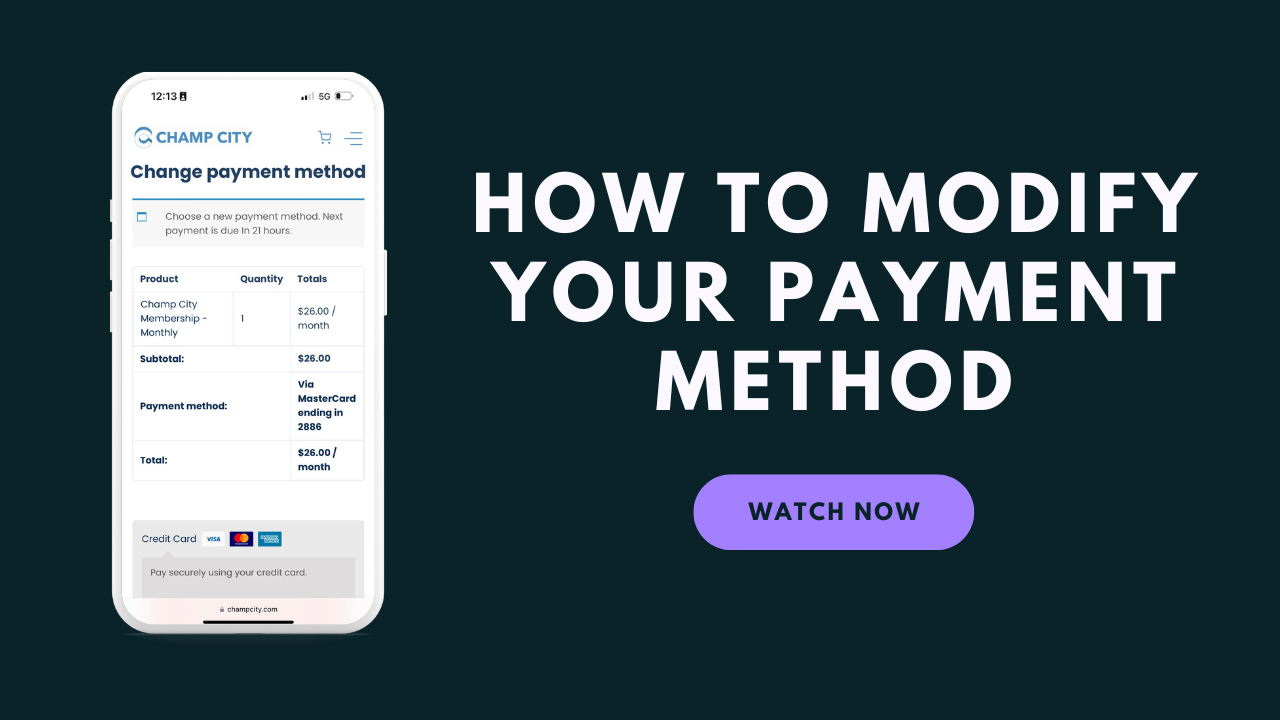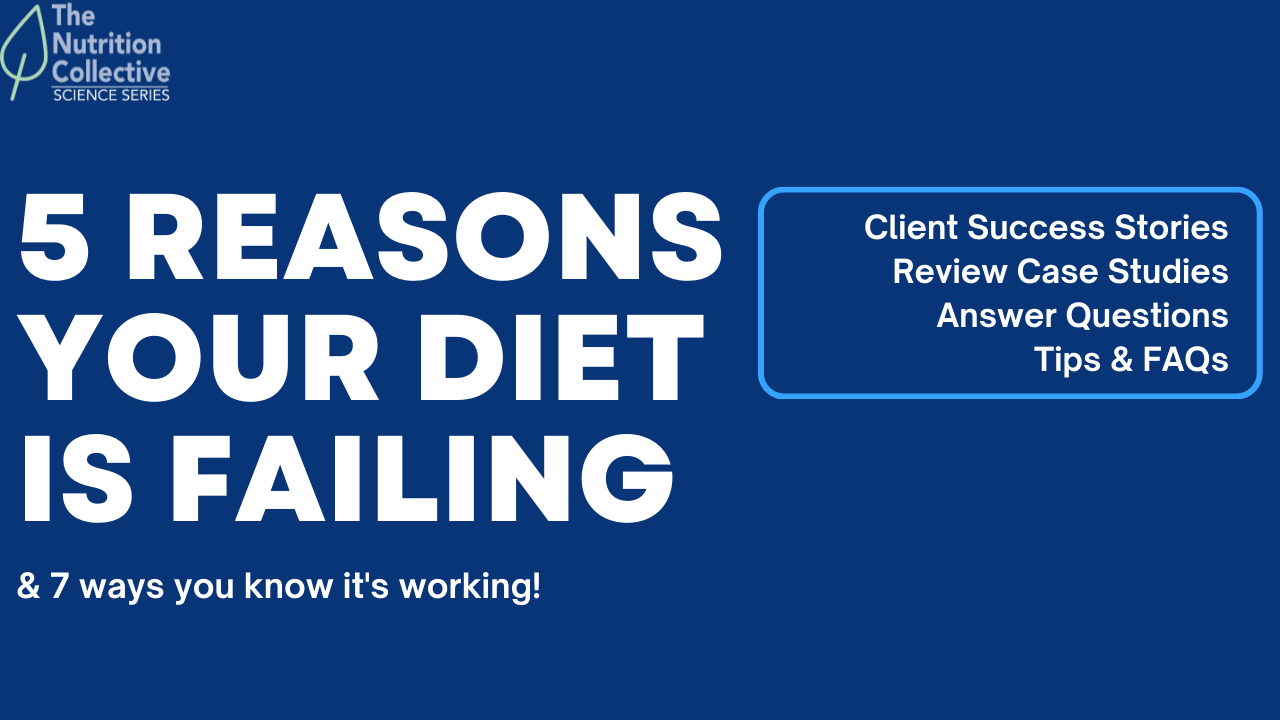Mindful eating is a term that is becoming more and more popular these days. But what exactly is it? Mindful eating is the practice of being fully aware of your senses when you are eating. This includes paying attention to the food itself, how it smells, tastes, feels in your mouth, and how it makes you feel physically and emotionally. When you eat mindfully, you are allowing yourself to slow down and connect with your food in a deeper way. You may be surprised to find that this can lead to a more balanced relationship with food and improved physical and emotional health. In this blog post, we will discuss how to follow a mindful eating meditation and use all of your senses at meal times!
What is Mindful Eating
Mindful eating meditations are a way to slow down and connect with your food on a deeper level. This type of meditation can be very helpful in developing awareness around hunger and fullness cues, as well as helping you become more aware of the flavors and textures that are present at meal times. We recommend following a guided mindful eating meditation to start, but you can also create your own if you prefer.
Benefits of Mindful Eating
There are many benefits of practicing mindful eating that can bring relief to almost anyone. The main goal and benefit of mindful eating is to build a more balanced relationship with food and improve emotional health. This includes reduced anxiety, depression, and stress levels, as well as increased self-awareness and body acceptance.
Using All 5 Senses To Eat
The key to mindful eating is slowing down and connecting with your food in a deeper way. By using all five senses at meal times, you can grow awareness around hunger and fullness cues as well as flavors from the food itself. This means you’ll be checking in with not only the way food tastes, but it’s smell, texture, looks, and even the way it sounds!
This type of meditation can be very helpful for those who struggle with emotional eating or have trouble controlling what they eat. If you are looking to improve your physical and emotional health, we recommend giving mindful eating a try!
How to Follow a Mindful Eating Meditation
If you are new to mindful eating, we suggest following a guided meditation to start. This will help you learn the ropes and ensure that you are doing it correctly. There are many different guided meditations available online, or you can find one to download on your phone. We have included a link to a helpful mindful eating meditation.
Mindful Eating Meditation Walk Through
When you are ready to begin your mindful eating meditation, find a comfortable place to sit or recline. Make sure that you will not be disturbed for the duration of the meditation. Once you are settled, focus on your breath and take some deep breaths. After a few minutes, bring your attention to the food in front of you.
- Pick up one piece (or bite) and look at it closely. What does it look like? Does it have any color variations or markings? How big is it compared to other pieces around it? Is there texture on the surface of this piece of food?
- Now, smell the piece of food and notice what you detect. Does it have a strong scent? Is it pleasant or unpleasant for you to smell this item?
- Next, hold the piece of food in your hand and examine how it feels. How does its weight feel against your palm and fingers? What kind of texture does it have?
- Put the food in your mouth and chew it slowly. Notice all of the different flavors that you taste. How intense are they? Do any of them stand out more than others? Can you identify any specific spices or herbs that are in this dish?
- Finally, bring awareness to the sound of your bite. Is the food crunchy? Does it make a loud noise? Or is it silent?
Another point here is to chew your food thoroughly. Our fast paced life has caused us to sub-consciously swallow our food before it is fully chewed. A good benchmark is to count to 50 chews for every bite you take. With every bite, notice how the food gets broken down efficiently.
When you have finished chewing, swallow the food and take a few deep breaths. Now, answer the following questions:
- How does your body feel now?
- Are you still hungry for more food or are you full? If so, how much do you want to eat?
By answering these questions, you’re checking in with your body’s hunger and fullness cues. These are naturally occurring triggers that our bodies have that oftentimes we tend to ignore. The hunger and fullness scale goes from 1-10 with 1 being completely empty (or starving) and 10 being completely full. Ideally, you want to eat until you reach a score of 7-8 as this is where your body will have enough nutrients without feeling too uncomfortable or bloated. We’ve included a full breakdown of the hunger and fullness scale below.
Hunger and Fullness Scale
1 – Starving: You are so hungry that you feel weak and can’t think about anything else
2 – Famished: You’re starting to feel a little lightheaded and irritable, but you can still function. You may be “angry” or low on energy. You may want to have a small snack if you’re at this level.
3- Hungry: You’re ready for a meal but it is not urgent yet. You can think about other things besides food and focus on your tasks at hand.
4 – Somewhat hungry: You are starting to think about food and may be getting antsy. You may have cravings for a certain type of food.
5 – Content: This is the ideal state where you’re neither hungry nor full. You can comfortably focus on what’s going on around you and don’t feel the need to eat anything right now.
6 – Somewhat full: You’re starting to feel full and don’t really want any more food. It might be a good idea to stop eating if you reach this point. This could also be about an hour after eating a meal.
7 – Full: Your stomach feels full and you feel satisfied. You may have already started to slow down your eating and feel like you’re ready to stop.
8 – Somewhat overfull: You’ve moved past being satisfied and feel like if you had one more bite you’d be uncomfortable.
9 – Overfull: You’re feeling really stuffed and uncomfortable. You may have a bloated feeling and feel like you can’t eat anymore.
10 – Extremely overfull: You’re in pain and cannot move because you’re so full. You may even feel like you’re going to be sick.
Ideally, you want to start a meal at a 3 and eat until you reach a score of around 7. Remember, it’s important to listen to your body and not force yourself to eat more than what it needs. If you’re feeling full after eating just one piece of food, then stop there! You may want to save the rest of your meal for later.
Conclusion
Using this mindful eating meditation can help increase awareness around hunger and fullness cues, as well as the different flavors and textures of food. When you are more aware of what you are eating, you may find that it is easier to make balanced choices that align with your individual hunger and fullness signals. Give it a try and see how you feel!







